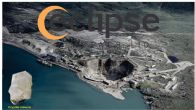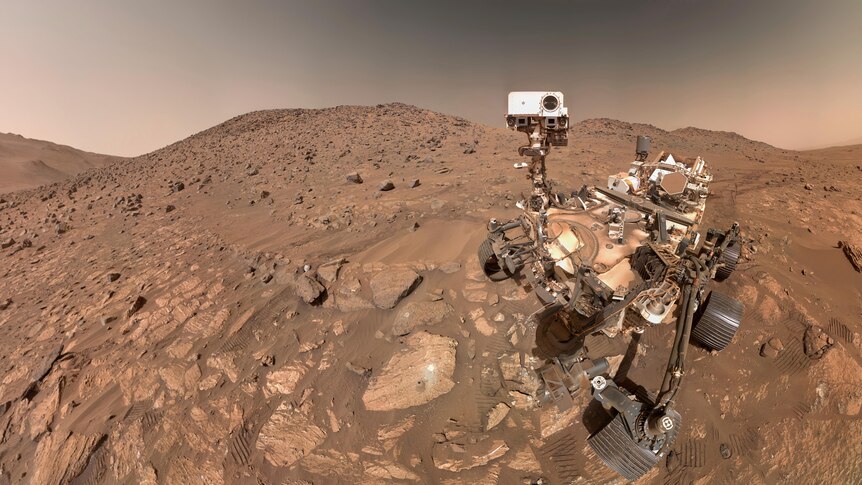NASA’s Perseverance rover has achieved a remarkable milestone by recording lightning on Mars for the first time. Over a period of four years, the rover’s microphone has captured more than 50 instances of lightning activity, shedding light on the planet’s atmospheric phenomena.
The findings, detailed in a study published in a leading scientific journal, mark a significant advancement in our understanding of Martian weather. Scientists have long speculated about the existence of electrical activity on Mars, but this evidence provides the first direct recordings of such events. The Perseverance rover, which landed on the red planet in February 2021, has been equipped with advanced instruments to explore its environment in unprecedented detail.
Significance of the Discoveries
The recordings reveal that lightning on Mars may be more common than previously thought. While Earth experiences frequent thunderstorms, the Martian atmosphere, which is much thinner, suggests that lightning could manifest differently. This discovery opens new avenues for understanding Mars’ climate and weather patterns, which have remained elusive to researchers.
According to the study’s lead author, Dr. Rachel Johnson from NASA’s Jet Propulsion Laboratory, “These recordings provide crucial insights into the electrical activity on Mars and how it relates to the planet’s atmospheric dynamics.” The data collected from these lightning events could help scientists model Martian weather more accurately, contributing to future exploration missions.
The Role of the Perseverance Rover
The Perseverance rover is equipped with a suite of scientific instruments designed to analyze the Martian surface and atmosphere. Its microphone, originally intended to capture sounds of the rover’s operations, has now proven to be a vital tool for monitoring atmospheric phenomena. The rover has been traversing the Jezero Crater, an area believed to have once held water, providing an ideal location for investigating both geological and meteorological aspects of Mars.
The rover’s ability to capture sound in a thin atmosphere presents unique challenges. The sound of lightning, which travels differently in such conditions, adds a new dimension to how scientists perceive the Martian environment. As more data is gathered, researchers hope to better understand the implications of lightning activity for future missions.
The findings from the Perseverance rover’s recordings underscore the importance of ongoing exploration of Mars. With plans for human missions to the planet on the horizon, understanding its weather patterns and atmospheric behaviors becomes increasingly critical. Lightning on Mars may not only influence the planet’s climate but could also have implications for the safety and sustainability of future human activity.
As NASA continues to analyze the data collected by Perseverance, the scientific community eagerly anticipates further revelations about Mars’ weather systems. This groundbreaking discovery serves as a reminder of the complexities of our neighboring planet and the ongoing quest to uncover its mysteries.






























































